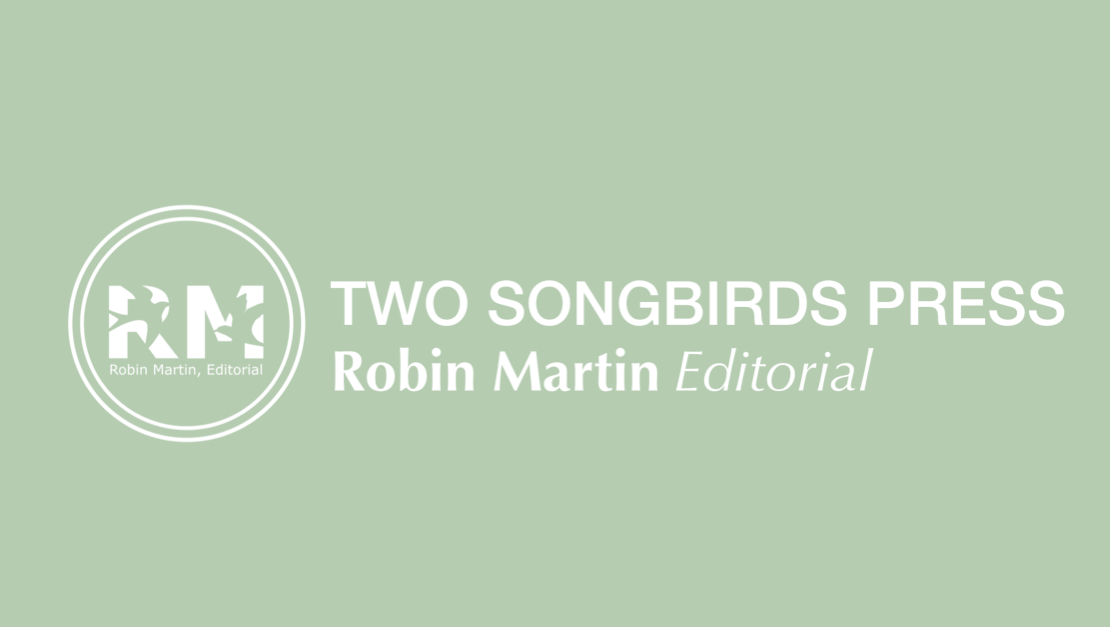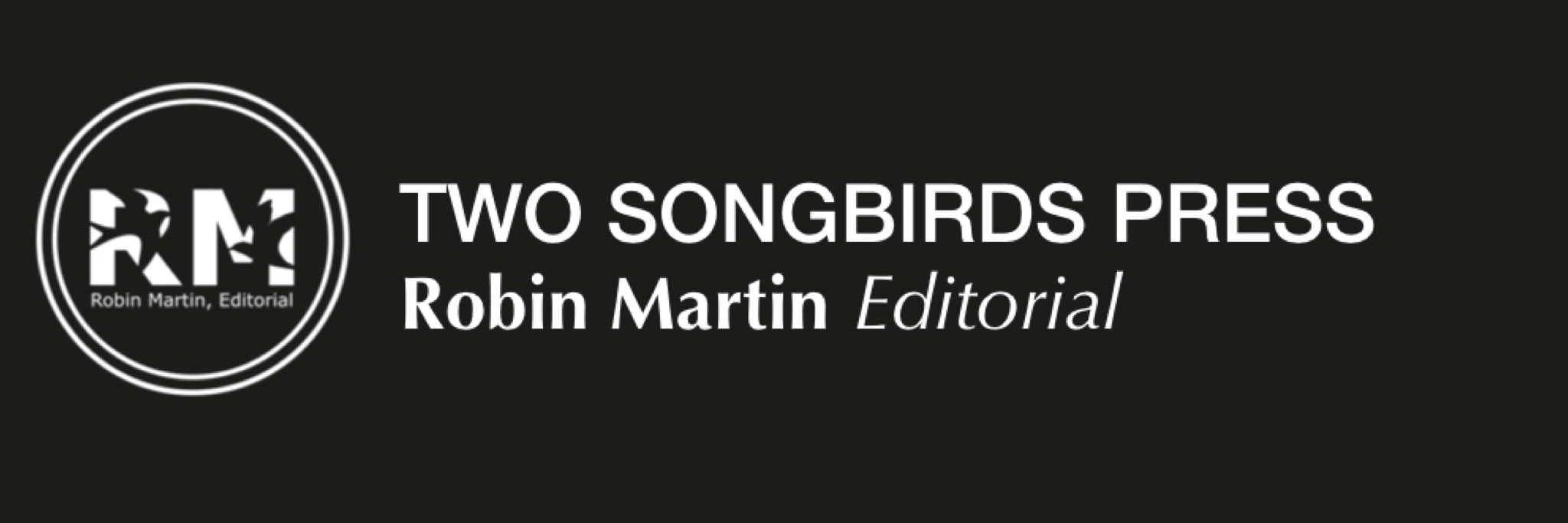- March 19, 2013
- Robin Martin
- No Comments

Using Careless Speech for Careful Writing. Peter Elbow’s new book, Vernacular Eloquence: What Speech Can Bring to Writing, was the impetus for this Day One 9 am panel. Elbow talked about intonation units in speech and how the musicality of these intonation units can be harnessed to create beautiful and effective language. Intonation units, he explained, can be used during the late revision stage to “produce strong careful prose.” This strategy is presented on his handout:
Take every sentence or longer passage and read it aloud well, lovingly, but looking for how to improve it. Keep fiddling with it till it feels right in the mouth and sounds right in the ear. In short, don’t use any conceptual knowledge about what makes for good sentences. Use only the mouth and the ear to guide you.
Strong writers, he concluded, harbor no prejudice against spoken language; on the contrary— they are able to hear and feel (in the mouth) the frequent superiority of spoken discourse over written.
Application: For me, this rang true and played well with several conversations I have been having with myself and others. I am working with a woman on her memoir, and we are maintaining much of her African-American urban patterns and vernacular. It is her story, her life, and while my intern and I were careful to “clean up” anything that might be embarrassing to her on a “correctness” level, it is important to the integrity of her story not to clean it up too much. Also, I recently began reading Neil Young’s autobiography, which I obtained from a friend (not in the business) who insisted that the musician had no editor. Well, that speaks volumes for whomever over there at Penguin’s Blue Rider Press had that task, (I know it was someone!) which, based on the beautifully circular, occasionally stream of consciousness design of this work, was extremely complicated. That Young’s voice- or what the reader could believe was his voice- was maintained throughout, is a thing of beauty.
Thursday night was the VIDA prom at Daisy Buchanan’s on Newbury Street. If you don’t know VIDA: Women in Literary Arts, you should. Cheryl Strayed (and others) read, but the audio was terrible at the bar and I couldn’t hear a thing.
On Day 2, I attended Purpose and Practical in Historical Writing at 9 am, with Zachary Lazar, Emily Barton, Peter Ho Davies, and others. This was a wonderful panel and I learned a ton, not the least of which is that I must read Sway, Lazar’s 2008 Little Brown release. Writing historical fiction is all about creative acts of imaginative empathy, the panelists emphasized. As writers, we must find a personal route into the character, make them feel more available, and like all writing, it is about occupying the other. So how true to the historical record need you be? True enough so as not to remove the reader from the fictional dream. The verifiable facts combined with the imagination make the character come to life for a reader. If a reader knows the rules you’ve created, then you can play fast and loose with the facts.
Day 2, at 1:30 I found myself at Editors as Readers as Writers~ a different kind of reading presented by Fourth Genre, an uber cool non-fiction magazine. The magazine’s editors read their own written responses to the pieces they had acquired for the magazine. It was here that I heard and fell in love with “the taco-Tuesday guy,” Michigan writer Richard Hackler. His voice and pacing and of course the attention to language, the effective way he used repetition… very impressive. I did not flinch paying the special AWP rate of $18 for the fall 2012 issue that contains his piece “Come with me to Taco Tuesday.” I hope I’ll be seeing more of his work. If non-fiction is his bag, perhaps he’ll submit to Under the Gum Tree.
The last panel I attended on this second day was Write Short, Think Long: Exploring the Craft of Writing Flash Nonfiction: a panel with Brevity’s Dinty W. Moore, the wonderful Sue Silverman (who I first heard at AWP Denver 2010), Judith Kitchen, who literally wrote the books on flash non-fiction, and others. It was inspired, at least in part, by the release of Rose Metal Press’ new release, edited by Moore, The Field Guide to Writing Flash Nonfiction. What does digression, so important to a longer piece, look like in a piece that doesn’t go much longer than 750 words? There must be associative connections, a double exposure in each sentence— the voice of innocence and the voice of experience compressed. The images must convey the totality of experience. I enjoyed the discussion of the second person in a flash non-fiction piece: It is a disguised I, also an epistolary form, a way of addressing the reader, and this is what I found new and interesting— a way to avoid sounding like you’re delivering a eulogy of the subject.
At happy hour, I cruised over to Bukowski’s for a Belgian beer. The beer hit the spot and seemed an appropriate venue but, honestly, I don’t think the man would be caught dead at the place. Dinner at the Trident Book Store and Cafe… what’s not to like? Well, the falafel (it was rather like a hockey puck), but it’s a cool indie bookstore (the breakfast was better).
Creative Nonfiction Editors Explain Logistical Challenges, at 9 am the final morning, helped to remind me that an editor is a mediator who helps the writer put his or her best foot forward. The reason a non-fiction editor includes fact checking as part of a copy edit is because they want both the writer and the magazine not to look foolish. You don’t want to jolt the reader out of the experience.
In Changing the Sheets: How Best to Get Sex on the Page, four writers read sex scenes from their books. They were very different from each other, and after a Bloody Mary lunch, extremely entertaining. How often is a sex scene really about sex? When does vulgar make sense? All of these questions were raised, and no clear answer was ever given, as it seemed the panelists intended to have us answer them for ourselves. I most enjoyed the “panel’s designated prude,” Chris Bachelder. His theory was that guilt and shame are the existential bits of sex, and the aim should be to defamiliarize the action, to complicate it. In literary fiction, there has to be a balance between psychology and anatomy so that it isn’t sentimentalism and it isn’t porn. The stifled want is way better than the sex in a literary work, they suggested. A takeaway message: A sex scene must always advance a plot. And panels are better after a Bloody Mary.
Shadow Show: The Influence of Ray Bradbury, during the last session of the final day, was a panel inspired by a new anthology of the same name produced by panelists Sam Weller and Mort Castle. Alice Hoffman was also on this panel, and she delivered some lovely one-liners, including “Stories are really the only thing that matter,” and the recognition that “stories can save readers.” The panelists reflected on how Bradbury influenced them and other writers and how he fought against category and crossed genre. He “refused to be bound by the sales department.” He is credited for telling other writers: your first audience should be you. My take away:
Jump off the cliff and build your wings on the way down.
Beautiful.



